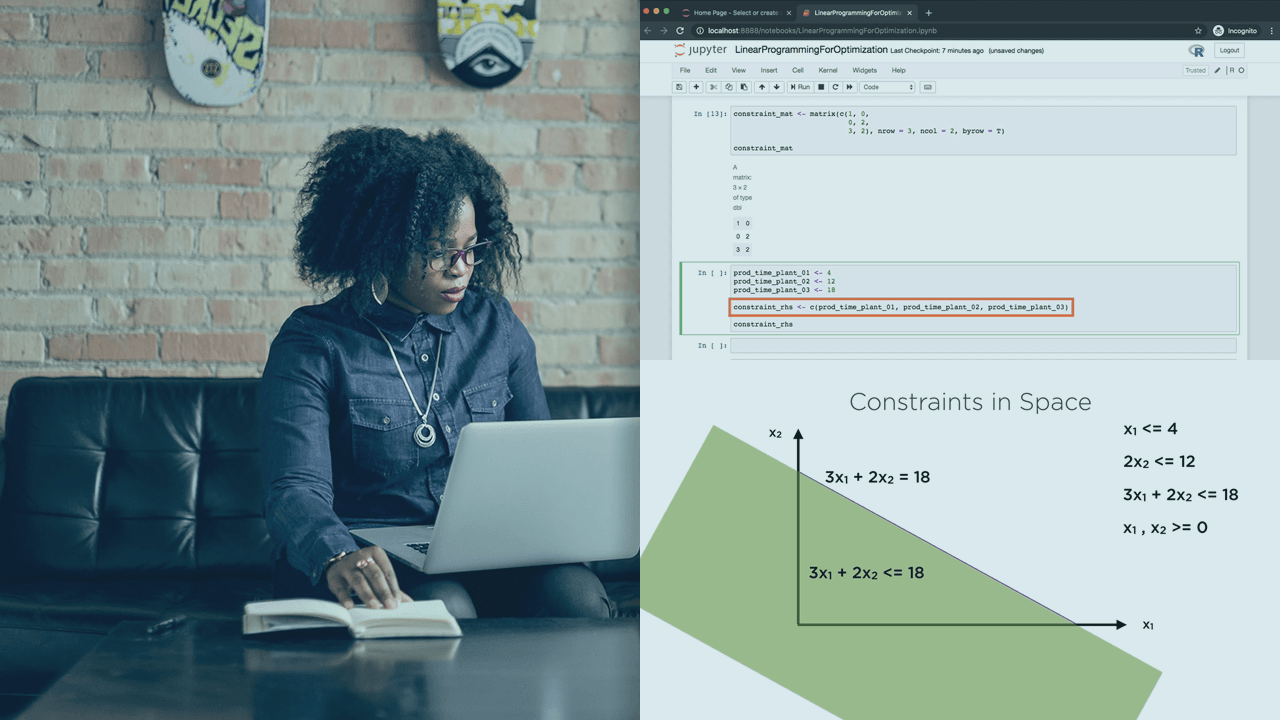
Description
Welcome to the second course in the Data Analytics for Business specialization!
This course will introduce you to some of the most widely used predictive modeling techniques and their core principles. By taking this course, you will form a solid foundation of predictive analytics, which refers to tools and techniques for building statistical or machine learning models to make predictions based on data. You will learn how to carry out exploratory data analysis to gain insights and prepare data for predictive modeling, an essential skill valued in the business.
You’ll also learn how to summarize and visualize datasets using plots so that you can present your results in a compelling and meaningful way. We will use a practical predictive modeling software, XLMiner, which is a popular Excel plug-in. This course is designed for anyone who is interested in using data to gain insights and make better business decisions. The techniques discussed are applied in all functional areas within business organizations including accounting, finance, human resource management, marketing, operations, and strategic planning.
The expected prerequisites for this course include a prior working knowledge of Excel, introductory level algebra, and basic statistics.
Tags
Syllabus
- Exploratory Data Analysis and Visualizations
- At the end of this module students will be able to: 1. Carry out exploratory data analysis to gain insights and prepare data for predictive modeling 2. Summarize and visualize datasets using appropriate tools 3. Identify modeling techniques for prediction of continuous and discrete outcomes. 4. Explore datasets using Excel 5. Explain and perform several common data preprocessing steps 6. Choose appropriate graphs to explore and display datasets
- Predicting a Continuous Variable
- This module introduces regression techniques to predict the value of continuous variables. Some fundamental concepts of predictive modeling are covered, including cross-validation, model selection, and overfitting. You will also learn how to build predictive models using the software tool XLMiner.
- Predicting a Binary Outcome
- This module introduces logistic regression models to predict the value of binary variables. Unlike continuous variables, a binary variable can only take two different values and predicting its value is commonly called classification. Several important concepts regarding classification are discussed, including cross validation and confusion matrix, cost sensitive classification, and ROC curves. You will also learn how to build classification models using the software tool XLMiner.
- Trees and Other Predictive Models
- This module introduces more advanced predictive models, including trees and neural networks. Both trees and neural networks can be used to predict continuous or binary variables. You will also learn how to build trees and neural networks using the software tool XLMiner.

Predictive Modeling and Analytics
-
TypeOnline Courses
-
ProviderCoursera
This course will introduce you to some of the most widely used predictive modeling techniques and their core principles. By taking this course, you will form a solid foundation of predictive analytics, which refers to tools and techniques for building statistical or machine learning models to make predictions based on data. You will learn how to carry out exploratory data analysis to gain insights and prepare data for predictive modeling, an essential skill valued in the business.
You’ll also learn how to summarize and visualize datasets using plots so that you can present your results in a compelling and meaningful way. We will use a practical predictive modeling software, XLMiner, which is a popular Excel plug-in. This course is designed for anyone who is interested in using data to gain insights and make better business decisions. The techniques discussed are applied in all functional areas within business organizations including accounting, finance, human resource management, marketing, operations, and strategic planning.
The expected prerequisites for this course include a prior working knowledge of Excel, introductory level algebra, and basic statistics.
- Exploratory Data Analysis and Visualizations
- At the end of this module students will be able to: 1. Carry out exploratory data analysis to gain insights and prepare data for predictive modeling 2. Summarize and visualize datasets using appropriate tools 3. Identify modeling techniques for prediction of continuous and discrete outcomes. 4. Explore datasets using Excel 5. Explain and perform several common data preprocessing steps 6. Choose appropriate graphs to explore and display datasets
- Predicting a Continuous Variable
- This module introduces regression techniques to predict the value of continuous variables. Some fundamental concepts of predictive modeling are covered, including cross-validation, model selection, and overfitting. You will also learn how to build predictive models using the software tool XLMiner.
- Predicting a Binary Outcome
- This module introduces logistic regression models to predict the value of binary variables. Unlike continuous variables, a binary variable can only take two different values and predicting its value is commonly called classification. Several important concepts regarding classification are discussed, including cross validation and confusion matrix, cost sensitive classification, and ROC curves. You will also learn how to build classification models using the software tool XLMiner.
- Trees and Other Predictive Models
- This module introduces more advanced predictive models, including trees and neural networks. Both trees and neural networks can be used to predict continuous or binary variables. You will also learn how to build trees and neural networks using the software tool XLMiner.
Tags
Related Courses


Bayesian Statistics: From Concept to Data Analysis

Математика для инженеров: курс по итоговому проекту

Дифференциальные уравнения для инженеров

คณิตเศรษฐศาสตร์และเศรษฐมิติเพื่อการธุรกิจ | Mathematical Economics and Econometrics for Business

Equazioni differenziali lineari del secondo ordine

Differential Equations Part I Basic Theory

Calculus through Data & Modeling: Differentiation Rules

Linear Algebra I: Linear Equations

Solving Problems with Numerical Methods

Math Fundamentals (2020)


 Online Courses
Online Courses  Coursera
Coursera
